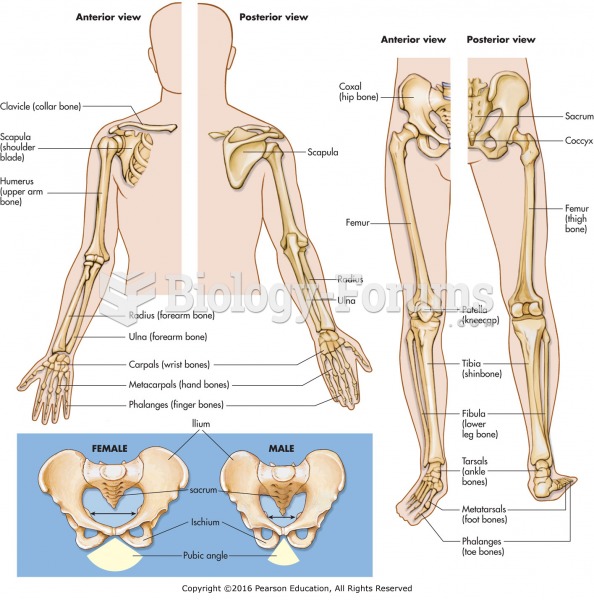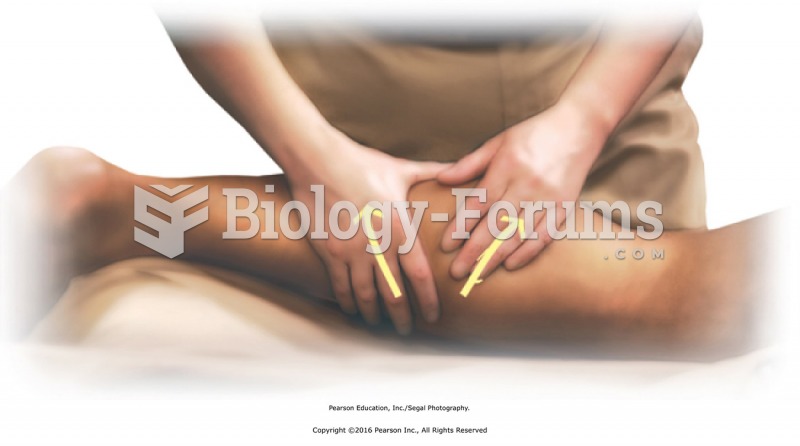Answer to Question 1
Rick is likely presenting with ankylosing spondylitis. His serum indicates the presence of HLA-B27, elevated ESR, and absence of RH, features typical of a seronegative spondyloarthropathy . Physically, his radiograph indicates an inflammatory process involving the sacroiliac joints. AS begins at the sacroiliac level and progresses up the spine, causing bony ankylosis of the vertebrae as it ascends. Rick is also experiencing the aching pain in the lumber spine with radiations into the hips and thighs. Typical of the pain pattern seen with ankylosing spondylitis, Rick is experiencing this pain with inactivity and during sleep. Finally, the sweating at night indicates the presence of fever, a systemic manifestation of this inflammatory condition.
Osteoarthritis of the hips is a potential complication of ankylosing spondylitis because of the abnormal weight-bearing forces that move through the hips when the spine is compromised. The mechanical wear and tear through the hips is what generates the osteoarthritic change. Initially the cartilage becomes edematous, and chondrocytes reorganize within the tissue. These preliminary changes alter the properties of the cartilage and microfractures develop. As synovial fluid penetrates these cracks, they become wider and deeper until they reach subchondral bone. The articular surface is rough, and cartilaginous fragments can become dislodged to float in the joint space.
As the disease progresses, there is a loss of the lumbar lordosis and the development of an exaggerated thoracic kyphosis. The kyphosis has a tendency to decrease thoracic movement and constrict lung tissue. Additionally, the costovertebral joints are affected so that rib excursion is reduced. This has the effect of reducing lung expansion and total capacity.
Answer to Question 2
Eccrine glands are widely distributed over the body. They are long tubular structures that function to deliver sweat to the surface of the skin for the purpose of thermoregulation. Apocrine glands are larger, although less numerous, than eccrine glands. They open into the hair follicles of the axillae and groin and produce a fluid that is oilier than the sweat produced by eccrine glands.
The sympathetic nervous system controls both the actions of the sweat glands and arrector pili muscles. The arrector pili muscles attach to hair follicles. When sympathetic activity triggers muscle contraction, the follicle becomes erect and produces a goose bump on the surface of the skin. Collectively, goose bumps decrease the surface area of the skin so that the area for heat dissipation is decreased.
Plexus of blood vessels exists at the superficial surface of the dermis between the reticular and papillary layers. The deep plexus is situated between the dermis and the subcutaneous layer. The skin contains numerous arteriovenous anastomoses for thermoregulation. When they are open, blood is directed to the surface of the skin to dissipate heat. When closed, blood remains deep to the cutaneous tissues to conserve heat within the body.







